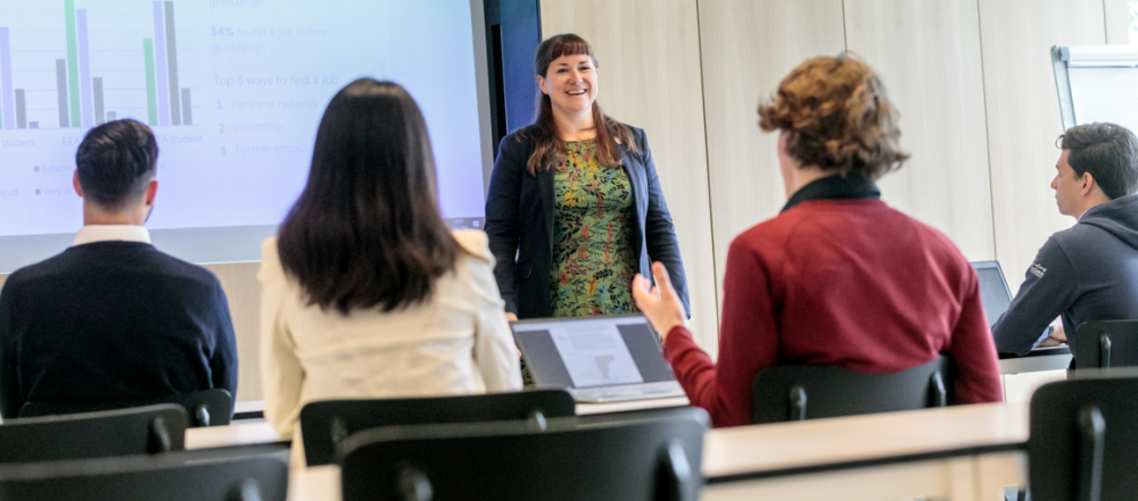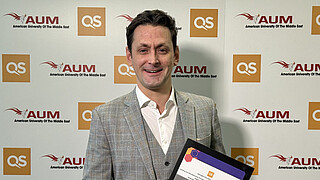HAPP introduces a dual-rubric system, which is a type of scoring guide to assess and articulate specific components and expectations for an assignment. The student rubric acts as an instructional guide, outlining the grading criteria and defining what constitutes mastery. The instructor rubric, meanwhile, provides a comprehensive tool for evaluation, detailing the specific components of each criterion and their requirements across different grade levels. Each level is directly linked to a corresponding score and relevant feedback from a comment bank, enabling assessments that result in customisable narrative feedback messages and adjustable grades. The approach blends the efficiency of structured rubrics and comment banks with intelligent personalisation and customisation.
Innovation for evaluation
HAPP has several advantages over traditional assessment methods. Trials have shown that assessment with HAPP typically takes just as much time as selecting scores in a rubric and that grading is more consistent, while students consider the feedback to be of higher quality and are less likely to ask for a re-evaluation. Users have reported positive experiences with HAPP, praising its effectiveness and the promise it holds for advancing assessment in higher education.
RSM and Erasmus University Rotterdam have custom software and, for the time being, there is an alternative implementation that people outside the university can use. Teachers from other universities can also explore the possibility of using HAPP for their courses, by using the Google Apps Script implementation of HAPP which is available under an academic non-commercial license.
HAPP is a promising innovation for higher education, as it revolutionises the evaluation experience for students and teachers. Find out how it works and how to get in touch with the developers on the HAPP website.
Dr Colin Lee
Dr Colin Lee’s research lies at the intersection of human resources, organisational behaviour, industrial and organisational psychology, and career studies. His research leverages recent developments in data extraction, normalisation, and processing to provide insights into how people can be matched to work and to develop tools for the dissemination of academic knowledge in his fields of interest.



